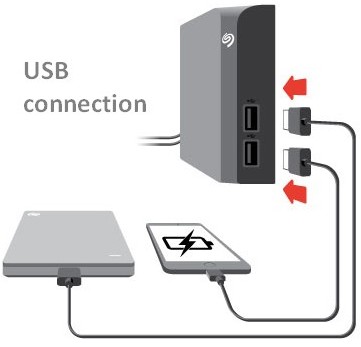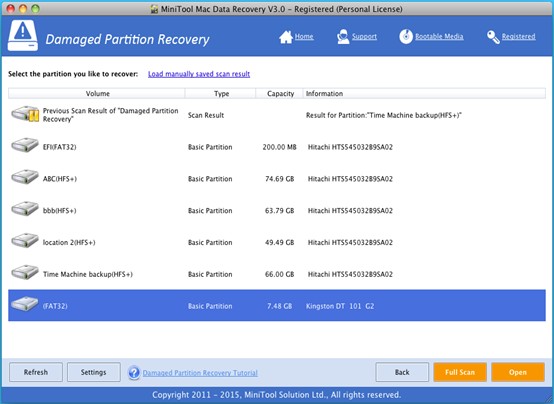- MacBook Photo Recovery Software Is Needed For Mac Photo Recovery
- The Best Solution To USB File Recovery For Mac Is Out
- Download Software For Quality USB Drive Recovery In Mac
- How To Find Deleted Files On A Mac – An Easy Solution For You
- Step-by-step Guide To Recover Trash In Mac Quickly
- How To Recover Lost Photos On Mac Without Privacy Leakage
- Look Here – SD Card Recovery For Mac Can Be Such Easy
- 1 Fabulous Solution To USB Recovery On Mac
- After Formatted Mac Partition Accidentally – How To Fix
- iMac recover deleted photos
- Lost files from Trash
- Recover PNG image free
- Free Mac disk recovery
- BMP image file recovery Mac
- Retrieve Mac hard drive
- Digital camera recovery Mac
- Recovering damaged partition
- Recovering lost files Mac
- Recover lost partition for Mac
- Recover data lost partition Mac
- Mac undelete files from trash
- Accidentally formatted Mac partition
- Mac data recovery damaged hard drive
- Rescue deleted files Mac
- Recover mac data from external hard drive

 Download Software For Quality USB Drive Recovery In Mac
Download Software For Quality USB Drive Recovery In MacThere are three main ways for us to transmit data between two computers. The first way is using network card; install network card to those two computers respectively and then modify the computer network settings. The second way is using the parallel port LL3 connecting cable to connect two computers; transmit data by making use of direct cable link program. The third way is USB interconnection.

According to statistics, the third way is used most frequently during data transfer. More and more products, such as SD card and external hard drive, are provided with a USB interface, so it can be connected to computer easily. Well, data loss happens on USB drive now and then. When that tragedy really occurs, we suggest you to finish USB drive recovery as fast as you can.
A Great Tool for USB Drive Recovery in Mac
If you’re running a Mac, there’re not so many choices for you to complete USB recovery on computer. Noticing this, we recommend MiniTool Mac Data Recovery to you.
Recover Data from USB Step by Step
Step 1: purchase a license and install the Mac Data Recovery software with this license (or you can download the free edition if you don’t trust this USB data recovery software for Mac. But remember, the free edition can only help you recover 1MB of data).
Step 2: run the software and choose a suitable module to start recovering data from USB according to the actual data loss situations.
Step 3: select the target USB partition and then press “Full Scan” button from lower right corner (you should press “Scan” button in this step it you’re using the “Undelete Recovery” module).

Step 4: when the scan is over, all files found by the software will be displayed in software. Now you only need to choose the ones you really need to recover and then press “Save” button to store them to another partition.
When all selected files are recovered completely to appointed place, you can end the process of USB drive recovery.
If you’re interested in methods for recovering data from USB drive on Windows, please read this article.
Background Knowledge for USB Specification
The USB specification was jointly developed by Intel, NEC, Compaq, DEC, IBM, Microsoft and Northern Telecom. The transfer rate of USB1.1 standard interface is 12Mbps, but a USB device can only reach up to 6Mbps transmission bandwidth. USB2.0 is compatible with USB1.1, but in this case, USB2.0 device can only work at full speed (12Mbit/s). The high speed and low speed of USB2.0 device are respectively 480Mbit/s and 1.5Mbit/s.
In contrast, USB 3.0 – the frequently used USB standard, which is also considered as SuperSpeed USB – provides a standard interface for a variety of devices which are connected to PC or audio/high-frequency device. Of course, USB3.0 is compatible with USB2.0.
